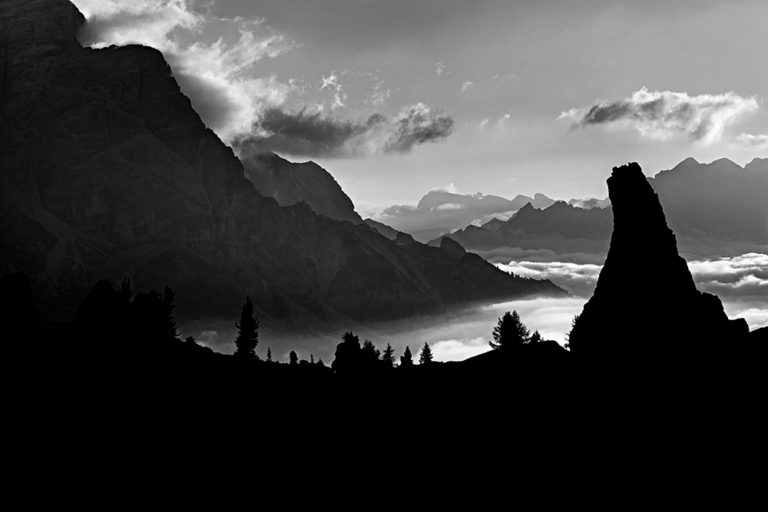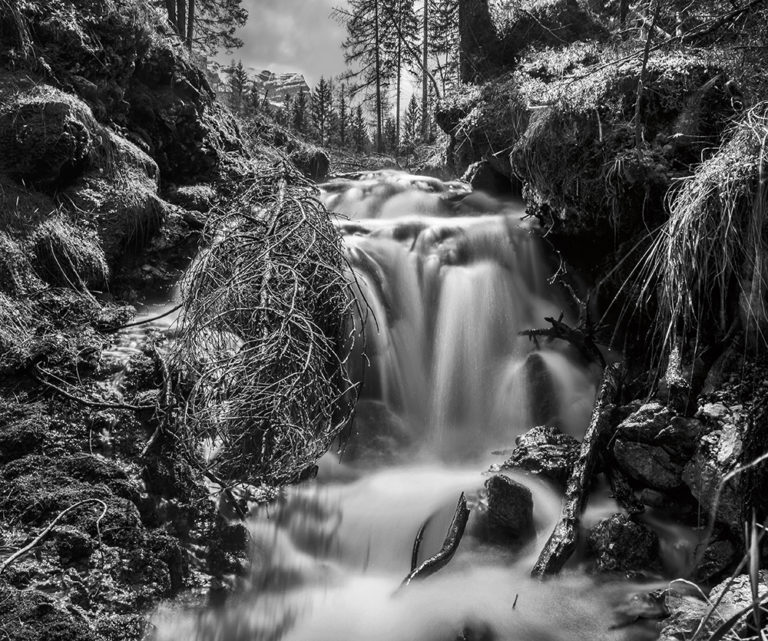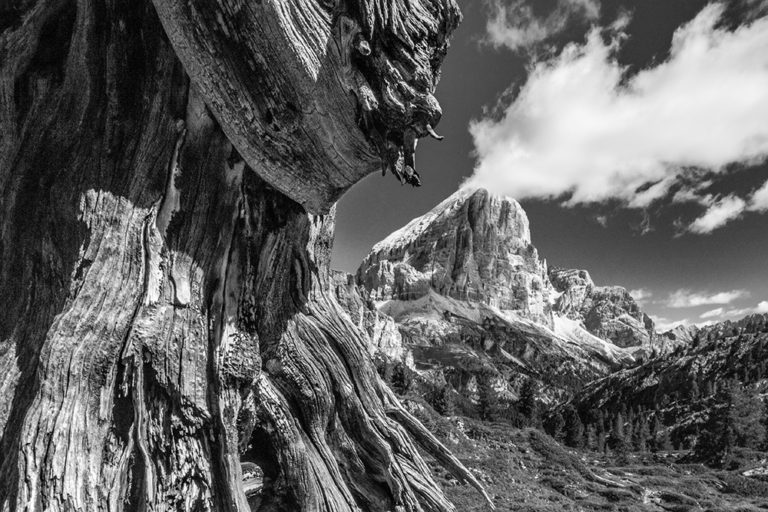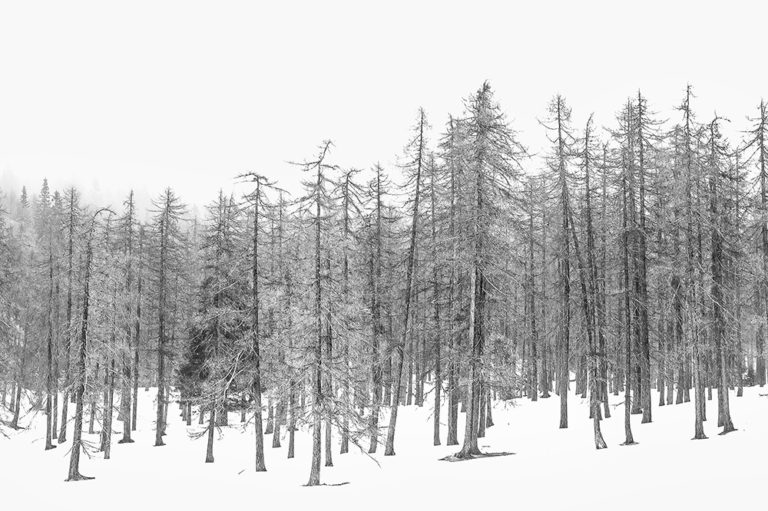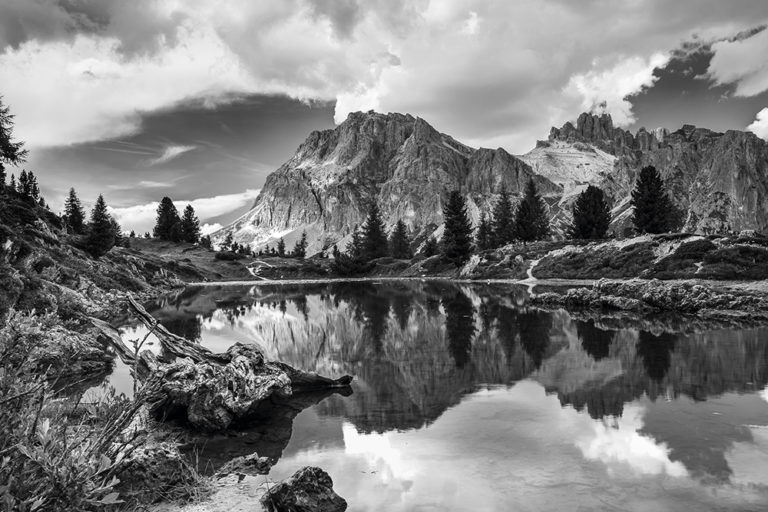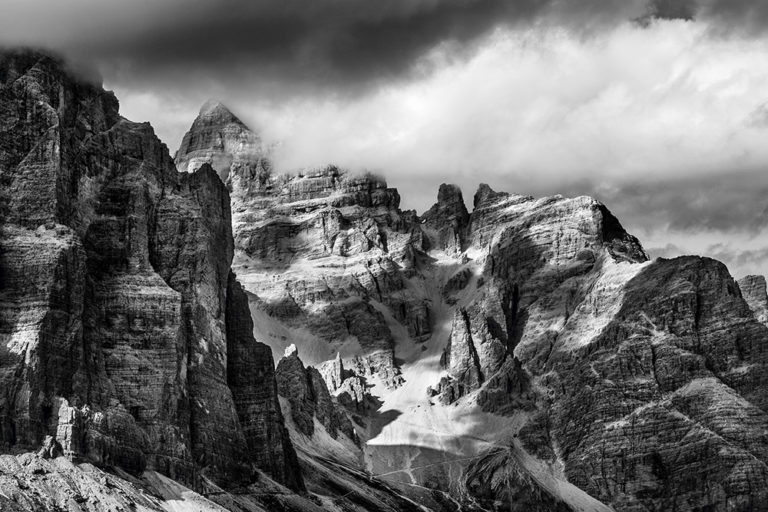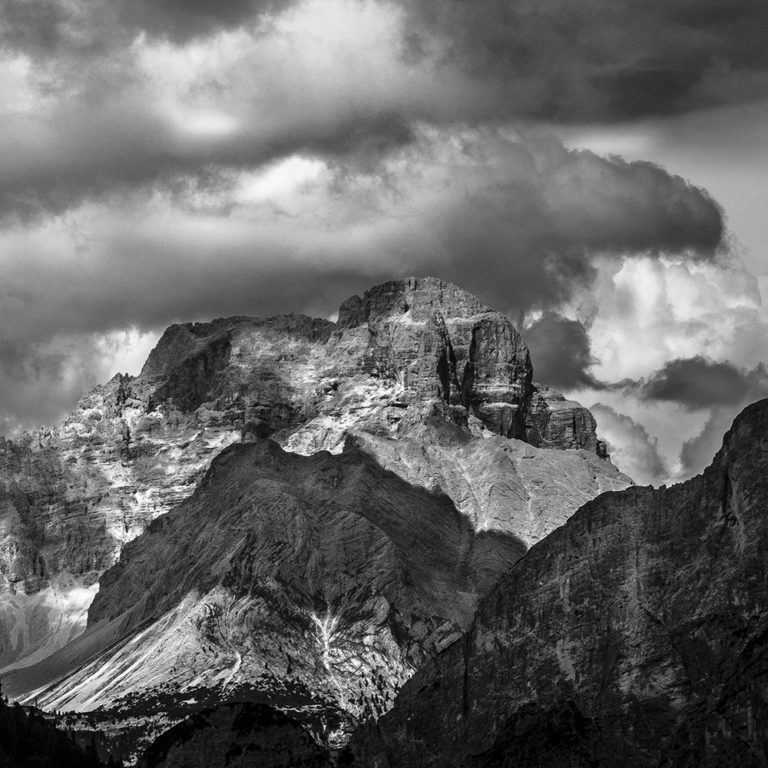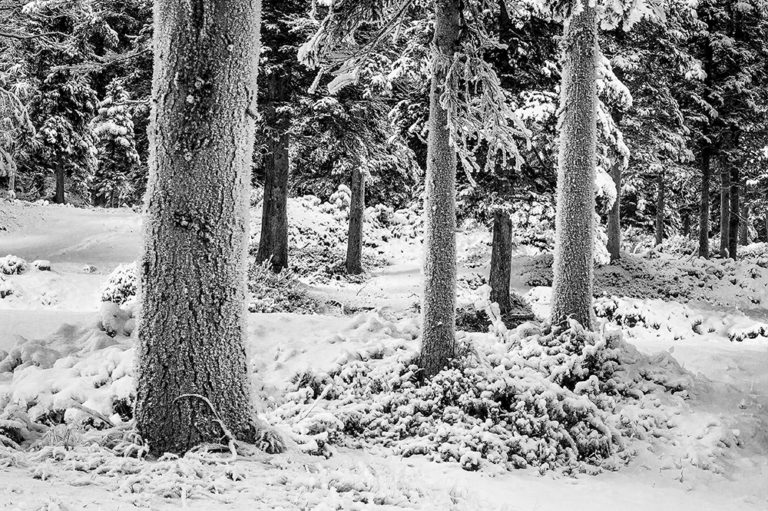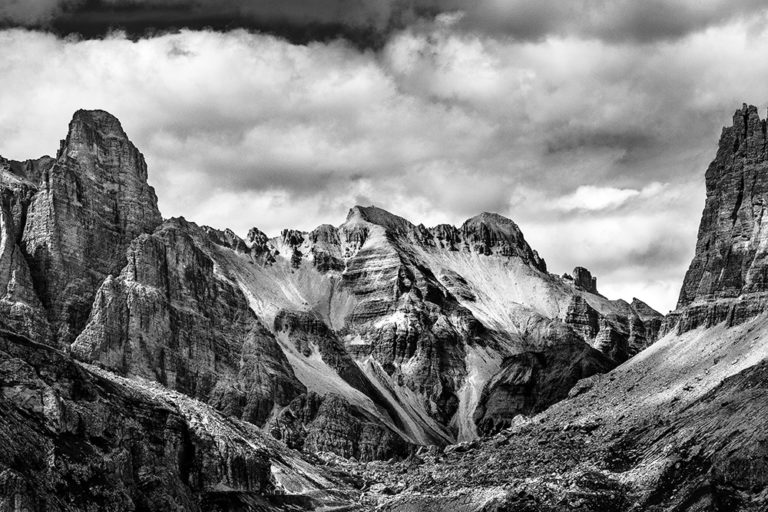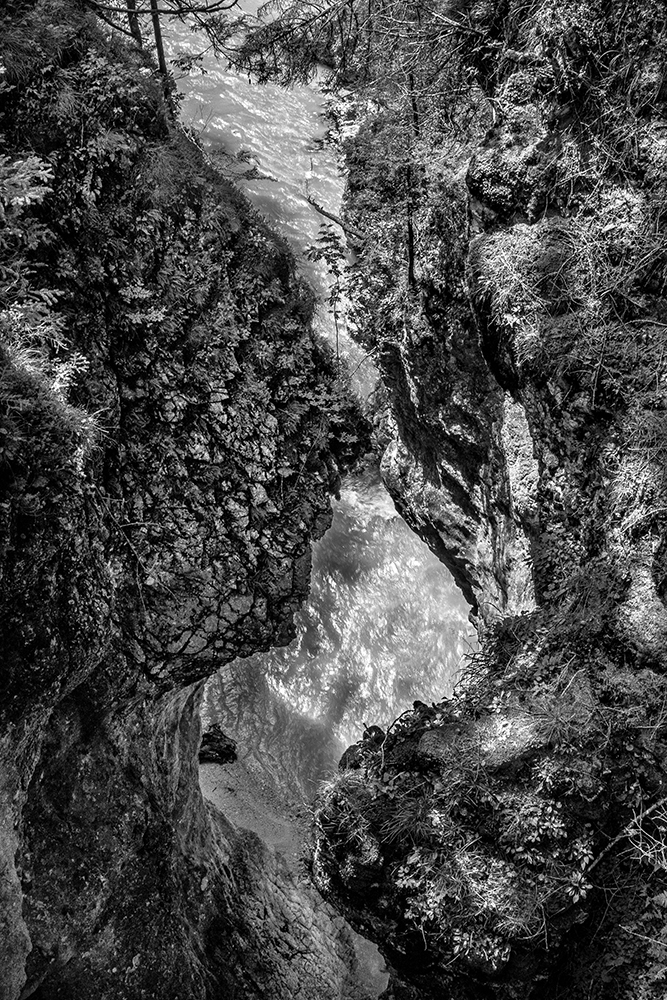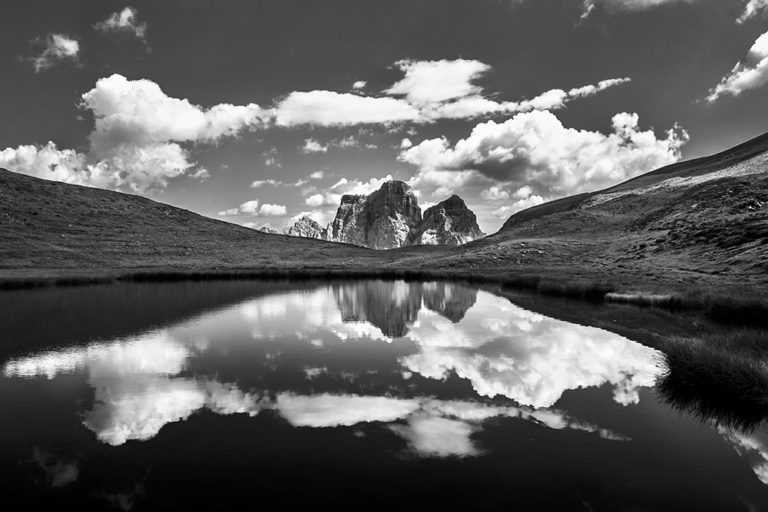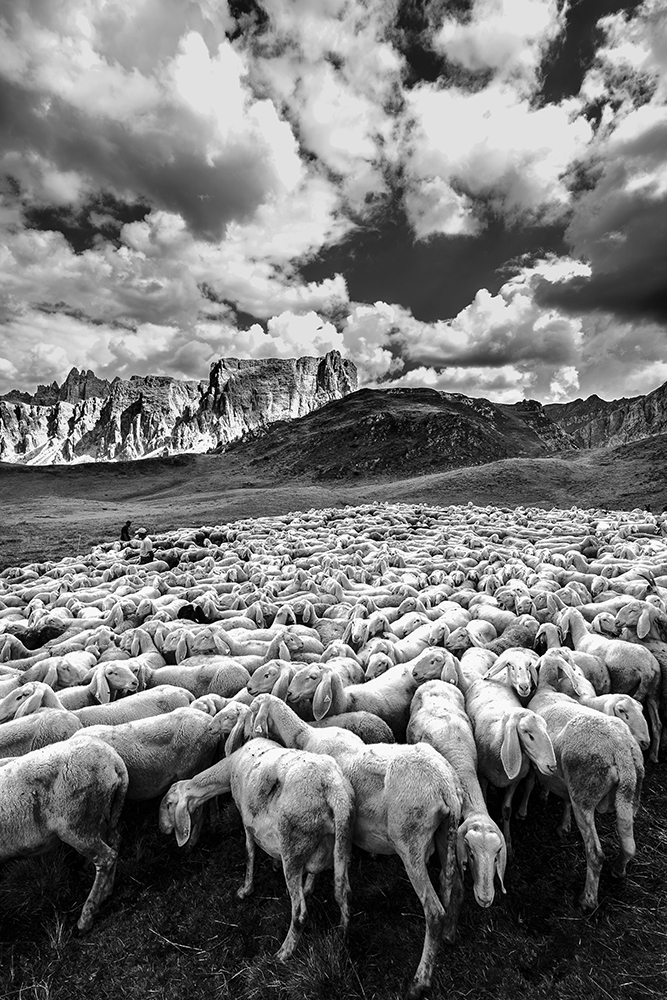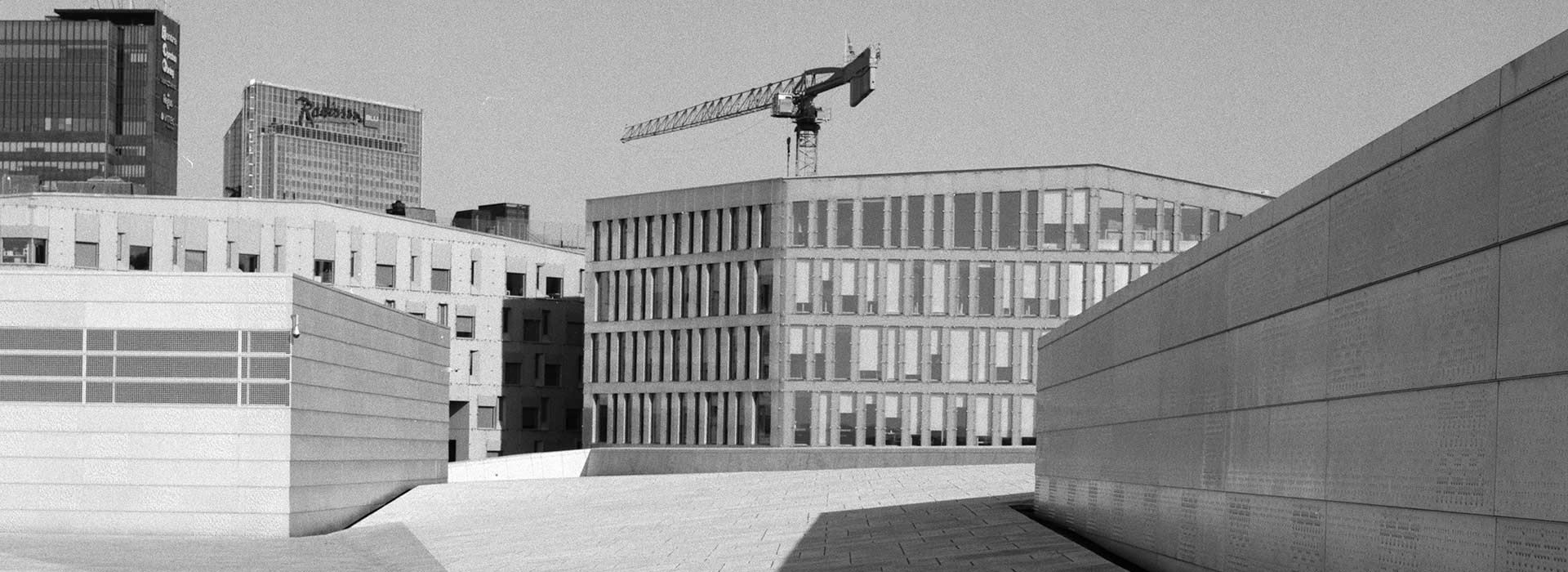
Continental notebooks
MOSAIC TESSERAE, NEVER THE SAME, JOINED BY WOVEN OF CULTURAL AND HISTORICAL AFFINITIES
More than 738 millions of people
through 10,5 millions km2…
Europe’s history stretches back thousands of years, shaped by cultural exchanges, religious diasporas, wars and reconciliations, alliances and divisions.
It is a tapestry woven over centuries that made it possible to bring together 450 million people across 27 member states and 24 official languages.
While the “EU Operation” undoubtedly formally sealed the political and economic union of nations, the peoples within it remain like pieces of a mosaic—never identical, held together by the fabric of cultural and historical ties through which my project was able to take root.
That was the “guiding light” of my journey.
I traveled across Europe to explore its “median,” intentionally avoiding, where possible, its extremes.
I chose not to focus on capital cities—unless the majority of a country’s population lived there—and instead followed secondary roads that encouraged me to erase national borders and view latitude and longitude as the true boundaries of this land.
Along the way, I explored five key themes: Architecture and Spaces, Infrastructure and Employment, Society and Customs, Roots and Memory, and, lastly, Borders.
Manuel Cicchetti
Who wants to understand the reason of things usually follows the old adage “come and tell”.
In order to create this New European Atlas, Manuel Cicchetti travelled thousand kilometres and those were the essential circumstances to feed his look with streets, houses, people and stories, scents, smells, atmospheres.
Nothing that a map, neither a 3D ones, can give. For ancient Cretans Europe was those areas north of the Mediterranean sea, but we can’t forget that Europe often meaned economy and infrastructures.
Actually, what we experience as Europe has 738 millions of citizens and a polyhedric identity.
But is it just like that?
In the New European Atlas Manuel Cicchetti repeals boundaries and he travels through latitudes and longitudes. A long unconventional journey that he made not for admire cathedral’s architectures but rather to visit streets or little details of everyday life, carriers of a clear and strong message. Or maybe more than one.
Despite jealousy and shoves of Nations, Europe exists. Rather than an “European feel”, in the author ‘s photographic work you can immediately perceive a uniform path of lines, architectures, spaces and layouts even their differences.
There’s a common identity, although there isn’t a common language. There are roots, but they are already absorbed.
Stratifications of signs and lines, that carry recognisable cultural mould and architectural connection; they change with Cicchetti’s compass and even to the eye of audience, while he explores North and South, East and West, he finds this common identity into slices and slots of the map. Although geopolitics and economy’s routines, although national worries and inability of giving a right common channel of information, discussion and exchange, Europe still exists. Into her roots that still produce a strong historical habitat.
An exploration of what is already known, and at the same time it shows all the ignorance.
Thanks to the New Atlas, many citizens can now think on a natural bequest, nourished with a common well. Manuel Cicchetti ‘s map takes place between 35° and 75° latitudes and it is made of more than 100 shutter clicks, questioning his sensitivity and his author’s look, running away from topoi of tourism that usually fog our senses.
A story and a survey at the same time that amazingly shows us how easily cliche can be break down. And at the end it shows the deepest layer of our history.
Angelo Miotto | Journalist and writer

